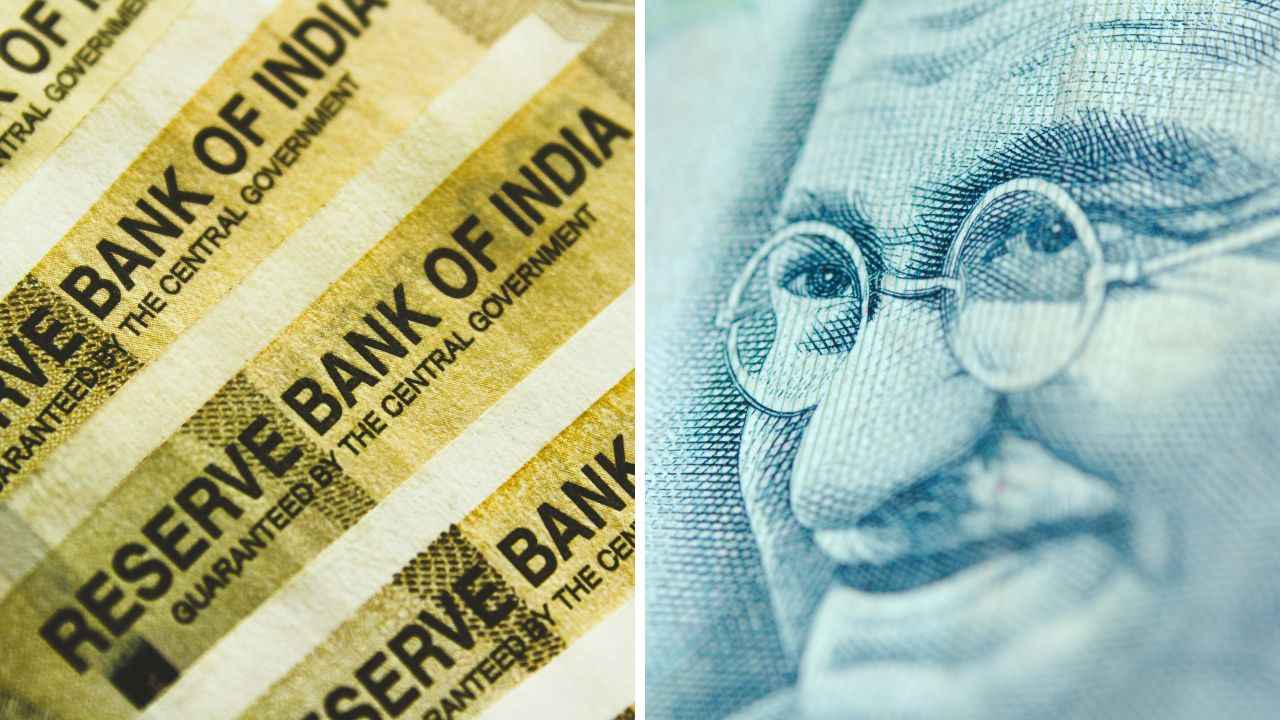RBI explores ‘benefits and risks’ of digital currency: What is e-Rupee and why do we need it?
Reserve Bank of India has published a 51-page white paper about the e-Rupee.
It discusses the purpose and features of India’s digital currency.
Check here for more information related to the e-Rupee here.

On October 7, 2022, the Reserve Bank Of India released a detailed concept note that puts forward the “objectives, choices, benefits and risks” related to legalising the Central Bank Digital Currency (CBDC). India’s digital currency will be referred to as e₹ or digital Rupee. It comes as a critical development in developing a digital version of the Indian currency. While you might come across several rumours or misinformation about the e₹, here is everything you should know.
 Survey
SurveyWhat is Central Bank Digital Currency (CBDC) or e₹?
The concept note defined CBDC or e₹ as “new variants of central bank money different from physical cash or central bank reserve/settlement accounts.” When the central bank releases CBDC, it will be considered equivalent to the physical sovereign currency. It should be accepted as a payment medium on par with legal tender.
Additionally, the citizens will be allowed to store value in the form of the CBDC. The paper issued by RBI also mentions that the e₹ will be freely convertible against cash, considered a fungible legal tender and will lower the cost of issuance of money.
Why is the government making efforts to release a digital currency?
The Indian central banks are facing a problem with the lesser usage of paper currency. Further, several countries are restricting the physical movement of cash, promoting digital modes of payments that are faster and more convenient. Last but not least, the central bank seeks to “meet the public’s need for digital currencies,” which is currently represented in privately managed virtual currencies, better known as cryptocurrencies.
Overall, the e₹ will be a centralised virtual form of the Indian currency. Quoting the concept note, “the e₹ system will bolster India’s digital economy, enhance financial inclusion, and make the monetary and payments systems more efficient.” In retrospect, India already has affordable, accessible and convenient digital payment systems in place, and they could be tweaked to support e₹.
RBI proposes to release two types of e₹ for retail and commercial purposes
At the moment, the central banks seem to have a consensus about releasing two types of e₹ “based on the usage” and the purpose. These include CBDC-R for retail which could be available for everyone in the private sector, non-financial consumers and businesses. In contrast, the CDBC-W could be available for financial institutions.
Indian financial institutions are also figuring out the best way to issue and manage the digital currency, whether CBDCs should bear interest and if they should be account-based or token-based. However, it is essential to remember that while RBI has just published a concept note about the Indian digital currency – the digital currency itself has not been released yet.
For more technology news, product reviews, sci-tech features and updates, keep reading Digit.in.
Digit NewsDesk
Digit News Desk writes news stories across a range of topics. Getting you news updates on the latest in the world of tech. View Full Profile